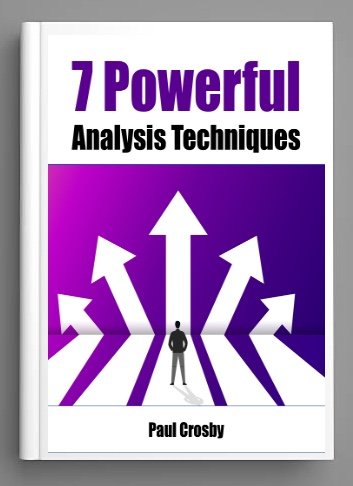Amplifying Scrum Events with Customer Journey Mapping: A Path to Superior Sprint Outcomes
In the Agile Scrum framework, understanding and empathizing with the end user's experience is pivotal for delivering solutions that truly resonate with customers. One potent tool in achieving this deep user insight is the Customer Journey Map. This visual representation tracks the user's experience with a product or service, highlighting touchpoints, pain points, and moments of delight. For Business Analysts (BAs) navigating Agile landscapes, integrating customer journey maps into Scrum events can significantly enhance sprint planning, execution, and review processes. This article explores the multifaceted benefits of employing customer journey mapping across Scrum events to achieve better sprint outcomes, emphasizing its role in business analysis techniques, systems analysis, and agile development.
Customer Journey Mapping: A Catalyst for User-Centricity
Customer journey mapping allows teams to step into their users' shoes, offering a holistic view of the user experience. This empathetic approach ensures that development efforts are not just technically sound but also deeply aligned with user needs and expectations.
Sprint Planning: Setting a User-Focused Direction
- Enhanced Story Prioritization: Incorporating customer journey maps into Sprint Planning enables BAs and teams to identify and prioritize user stories that address critical touchpoints or pain points in the user journey. This ensures that the sprint focuses on delivering features with the highest impact on user satisfaction.
- Strengthened Sprint Goals: By aligning sprint goals with key opportunities for improving the customer journey, teams can set more meaningful and impactful objectives, ensuring that each sprint makes a tangible difference in the user experience.
Daily Stand-ups: Keeping the User at the Forefront
- Focused Discussions: Leveraging customer journey maps in Daily Stand-ups helps keep the team's focus on user-centric tasks. Quick references to the map can remind the team of the broader context of their daily tasks, ensuring efforts are aligned with enhancing the user journey.
- Early Identification of Impediments: Discussing daily tasks in the context of the customer journey allows teams to quickly identify and address impediments that may hinder the improvement of the user experience, promoting a proactive approach to problem-solving.
Sprint Review: Validating Against Real User Experiences
- Informed Feedback Sessions: Using customer journey maps in Sprint Reviews provides a clear framework for evaluating new features or changes against actual user experiences. This can lead to more structured feedback from stakeholders, focusing on how the increment affects the overall journey.
- User-Centric Demonstrations: Demonstrating new functionalities within the context of the customer journey helps stakeholders visualize the practical impact of developments on the user experience, fostering a deeper understanding and appreciation of the team's efforts.
Sprint Retrospective: Enhancing the User Journey Continuously
- Targeted Reflections: In Sprint Retrospectives, referring to the customer journey map can help the team reflect on how their work in the sprint contributed to enhancing the user journey. This reflection can highlight areas of success and opportunities for further improvement.
- Actionable Improvements: Discussions centered around the customer journey can lead to more actionable insights and commitments for the next sprint, ensuring continuous enhancement of the user experience.
Scrum Events Work Better with Customer Journey Mapping
Integrating customer journey mapping into Scrum events offers a powerful strategy for Business Analysts and Agile teams to ensure that development efforts are consistently user-centric. By utilizing this tool in Sprint Planning, Daily Stand-ups, Sprint Reviews, and Sprint Retrospectives, teams can maintain a sharp focus on improving the user experience, leading to better sprint outcomes. This approach not only aligns with the Agile principle of delivering value to the customer but also ensures that project deliverables are deeply resonant with user needs, driving satisfaction and success. In the pursuit of Agile excellence, customer journey mapping emerges as a key technique in bridging the gap between user expectations and technological solutions, paving the way for superior project outcomes.
Ready to up your business analyst game? Let’s explore 7 powerful techniques that are shifting the business analysis landscape with expert insight from business analysis pros.
7 Powerful Analysis Techniques Book
Amazon Kindle $9.99
Uncommon Book of Analysis Techniques Book
PDF Download $75.00



